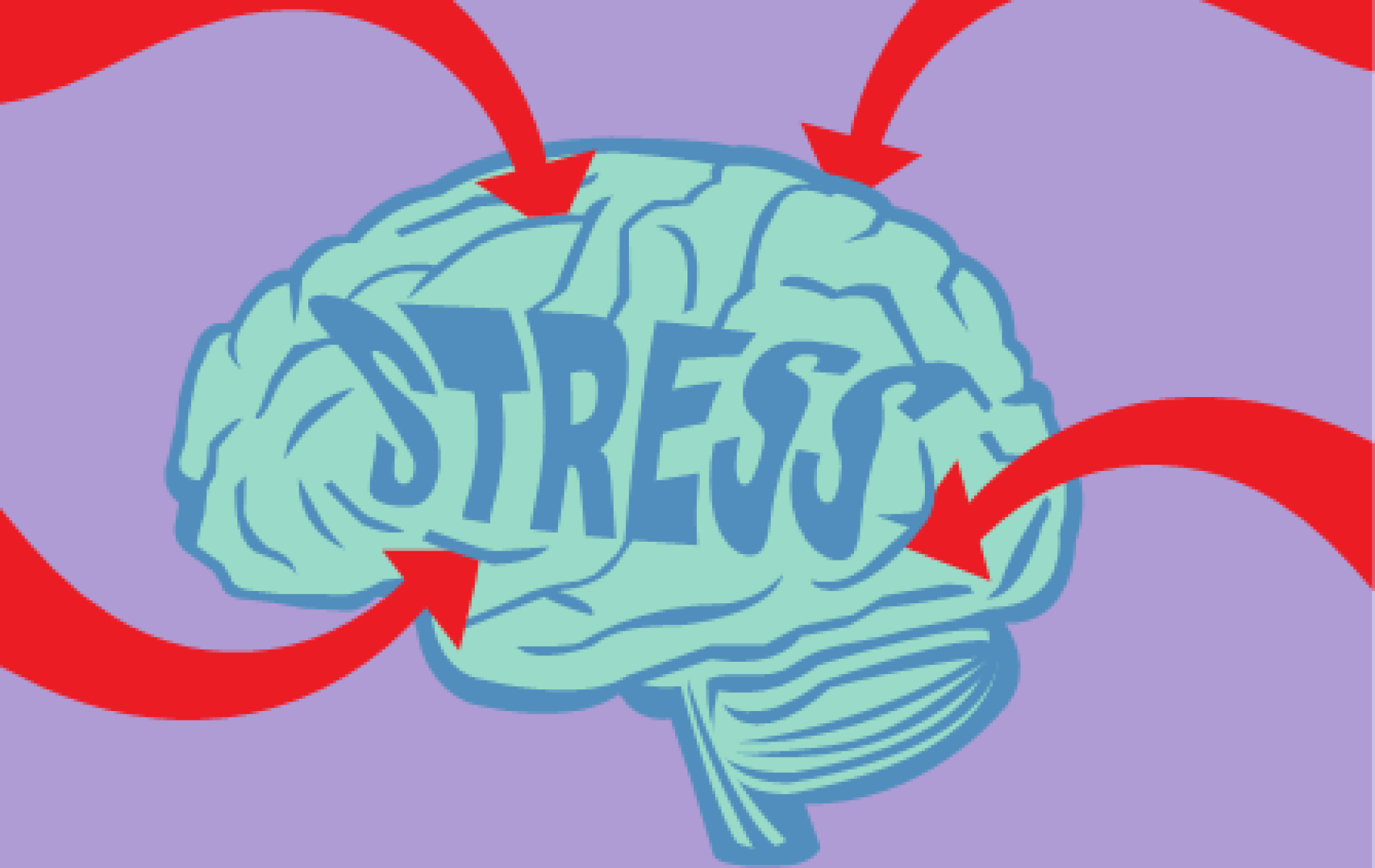What Is Neurocognitive Testing? A Simple Guide for the Curious
If you’re curious about neurocognitive testing and reading this post to learn more about it, you’re using your cognitive abilities. Cognition, simply put, is a combination of your “thinking” abilities.
Thinking, however, is not simple at all. Thinking involves taking in information through a myriad of experiences and all our senses, analyzing them, and making decisions on how to handle them.
Cognition is how you process and use the information in your world to guide your behavior — storing, accessing, interpreting, disseminating, and acting on the information.
Cognition is how you make decisions, reason, judge, understand, and recognize. It’s how you store memory and access it. It’s how you process language.
Cognition happens in your brain, and if something is affecting your brain (such as depression, concussion, stroke, ADHD, or too much alcohol), it would impact your cognitive function. This in turn affects your ability to function well in your daily life. So it is important for you want to know if your cognitive abilities are within the normal range for your age. Enter neurocognitive testing.
Neurocognitive testing measures brain function. The results give you a brain-health/cognitive snapshot and can tell you what’s working and what’s not, giving you a heads up about issues like memory loss, poor attention, or being too slow to process information – things that impact your relationships, your job, or your school performance.
But how does neurocognitive testing work exactly, you ask?
Keep reading to learn how neurocognitive assessment works and what it’s useful for. Then, set up an assessment for yourself to get informed on what your brain is up to!
How Neurocognitive Testing Works
Neurocognitive testing traditionally used pen-and-paper tests. Today, computerized testing is often used instead. Still, many professionals use both.
The tests are made up of small tasks and measure how you do on the tests. They might measure how fast you process the information or how well you can solve problems.
Each test measures a specific part of your brain function, or cognition. The results of the test can then be compared with the results of a larger population average of people your age.
They can also be compared to other tests you’ve taken earlier to measure your progress. A typical assessment schedule might include a baseline, midline, and a final assessment if you’ve done some kind of treatment to improve your cognitive capacity.
For example, if you suffered a concussion and do a professional concussion treatment program — that helps you move toward peak brain performance again — you’d do a baseline neurocognitive test at the beginning of this 12-week program, one in the middle of the program, and one at the end.
Benefits of Neurocognitive Testing
Neurocognitive testing allows you to find out where your brain function is compared with others your age, and yourself at different time points.
It’s used to determine brain function as impacted by dementia, stroke, concussion, and ADHD, to name a few issues that could arise in the brain. This, in turn, allows you and your physician or therapist to come up with a specialized treatment plan.
Examples of Neurocognitive Tests
Computerized testing is used extensively and makes testing fast and efficient. There are even mobile apps and games that can be used for testing.
Here are examples of both computerized and non-computerized neurocognitive assessment.
Executive Functioning
Flanker Test is an example of a cognitive evaluation to help measure your executive functioning. In your day-to-day life, you use your executive function to decide what information is important to act on and what information needs to be pushed aside.
You use your executive function to set up priorities, to put complex actions into a series of steps (e.g. cooking), and to make sure things get done correctly.
Flanker test is one of many tests that can check how well your executive function is working. In this test, images are shown at the same time as competing and distracting images.
For example, a test might show you images of arrows pointing in various directions. One arrow is the target arrow.
The target arrow is flanked by other arrows pointing in the same or different directions, and you are asked to identify in which direction the target arrow is pointing.
The test measures the speed at which your brain can ignore the distractions of the other arrows and focus on the relevant target arrow.
Like the Flanker Test, the Stroop test relies on distractions to measure your brain’s executive function.
Colors are written on screen, like “red” or “blue.” The words are written in incongruent colors. For example, the word “red” might be written in blue or green font instead of red.
The test then measures how long it takes you to discern words from the incongruent colors. For example, you might be asked to click on red fonts when the letters in red spell the word “blue.”
Processing Speed
Another cognitive test can measure how fast your brain handles information. For example, a test may give you instructions to tap on certain dots on a screen and measures how long it takes you to find the right dots and press on them. Another test may measure how fast you can switch from one task to another task.
To be fair, the results of these tests are compared with results from others your age. If the results show that you’re lagging significantly behind in processing speed, it can indicate that something is affecting your brain function.
Some possibilities may include low levels of vitamins, anemia, insomnia, sleep apnea, or depression. Your doctor can figure out the source of the problem and help get back to functioning at your peak brain capacity.
Coordination and Motor Skills
Some neurocognitive tests can measure how well you can coordinate your hand movements and how fast you can respond to a signal.
These important cognitive function may be affected by a concussion. Knowing if they are affected can help determine when an athlete can return to competitive sports.
A test of motor coordination may look like a video game done on a tablet. There is a circle in the middle and a floating ball. You have to hold the tablet in a way that keeps the ball in the center of the circle.
A non-computerized test to assess motor skills is the peg test. You are given pegs and asked to place them in holes, first with one hand and then the other hand. Speed and ability to get this done correctly are measured.
Then, comparisons can be made between left and right-hand results. Since the left and right are directed by different sides of the brain, differences in speed and ability between hands could help determine the location of an injury in the brain.
Language Tests
Verbal tests can be used to measure your language and communication skills.
One verbal test may require you to look at two objects and explain the similarities and differences (e.g. river and a canal). You ability to compare and contrast them can then be measured.
Another test may ask you to name as many words as possible for a given letter of the alphabet. The number of words you can list can then be compared to averages of others in your age group.
Short-Term Memory
Tests of short-term memory are fairly straight forward. For example, four objects are shown in a particular order. You then see a multiple-choice list of the objects in different orders. You have to pick the answer that corresponds to the order the objects were shown to you.
Neurocognitive Testing for You
Now that you know how informative and helpful neurocognitive testing can be in assessing brain function, whether it be to get a baseline or to find and address issues, you’re ready to give it a go for yourself or a friend or loved one.
Feel free to give us a call at any time to ask questions or set up an appointment. We’re here to help you and your family discover issues, set up a game plan to move in a healthy direction, and implement healthy brain treatments dealing with concussions and other brain injuries, ADHD, and more.
Remember, you CAN improve your cognitive abilities with targeted brain exercises, brain coaching, or EEG-based neurofeedback. And the stronger your cognitive functions are, the more likely you are to succeed in your career.



